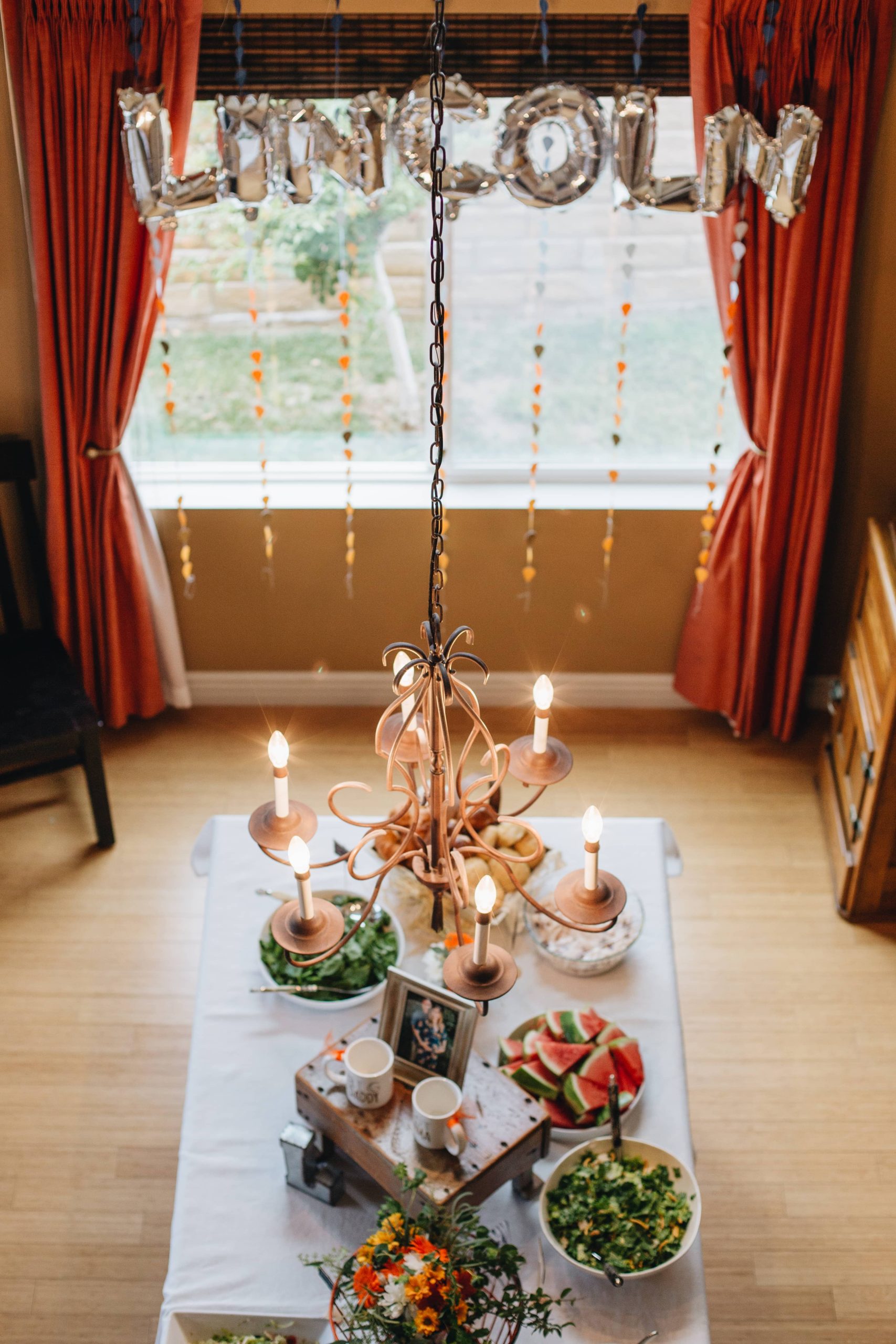
The living room often serves as the heart of the home—a gathering place for friends and family, a cozy spot for movie nights, and a refuge after long days. As the world increasingly shifts towards eco-conscious lifestyles, making your living room sustainable not only helps the planet but also creates a healthier environment for you and your loved ones. In this blog post, we’ll explore ways to create an eco-friendly living room that’s both stylish and sustainable.
1. Choose Sustainable Furniture
The journey to an eco-friendly living room begins with the furniture. When shopping for sofas, chairs, and tables, look for sustainable materials and ethical practices. Opt for pieces crafted from reclaimed wood or bamboo, which grows quickly and regenerates without pesticides. Additionally, consider furniture made from recycled materials. Brands today are creating stunning pieces using recycled metals or plastics, giving new life to otherwise discarded materials.
Buying second-hand or vintage furniture is also an excellent way to be sustainable. Not only does this reduce waste, but it also gives you the chance to incorporate unique, timeless pieces into your décor. Check local thrift shops, antique stores, and online platforms for hidden gems that add character and charm to your space.
2. Eco-Friendly Fabrics and Textiles
Textiles in your living room, from curtains to rugs to cushions, offer significant opportunities for sustainable choices. Choose natural, organic fabrics like cotton, hemp, and linen, which are grown without harmful chemicals. Wool is another great option; when sourced ethically, it’s not only sustainable but also biodegradable.
The dyeing process can also impact the environment, so look for textiles that utilize natural dyes. These reduce the release of pollutants into our waterways and limit exposure to the harsh chemicals found in many synthetic dyes.
3. Sustainable Flooring and Rugs
If you’re looking at changing your living room’s flooring, consider eco-friendly options like reclaimed wood, bamboo, or cork. Reclaimed wood has a rustic appeal and gives wood new life, while bamboo and cork are renewable options with quick growth cycles and minimal ecological footprints.
For rugs, seek out those made from natural fibers such as jute, sisal, or organic cotton. Not only do these materials add a natural touch, but they also align with sustainable living principles. Moreover, handmade or fair-trade rugs support artisans worldwide and ensure ethical production processes.
4. Non-Toxic Paints and Finishes
The paint or finish you choose not only affects the color and warmth of your living room but also the quality of the air inside your home. Traditional paints can contain volatile organic compounds (VOCs), which release toxic fumes long after the paint has dried.
Choose low-VOC or VOC-free paints to enhance indoor air quality. Many brands offer a wide array of colors, ensuring you won’t have to compromise on style. Don’t forget about stains and finishes for wood—select non-toxic options to keep your air fresh and healthy.
5. Lighting and Energy Efficiency
Lighting is crucial for establishing the mood and functionality of your living room, but it can also be a significant energy drain. To reduce this, utilize energy-efficient lighting options such as LED bulbs, which consume less power and have a longer lifespan than traditional incandescent bulbs.
Maximize natural light by arranging mirrors to reflect sunlight and choosing light, airy curtains that offer privacy without blocking daylight. Smart switches and dimmer controls also enable you to adjust lighting conditions to your liking without wasted energy.
6. Incorporate Greenery
Introduce plants to your living room, not only for their aesthetic benefits but also for their natural ability to improve indoor air quality. Certain houseplants, such as spider plants, snake plants, and peace lilies, excel at purifying the air by removing toxins—creating a healthier, fresher environment for you and your family.
When choosing plants, consider the natural conditions of your living room, including light and humidity levels, to select the best species for your space. Additionally, opt for organic and peat-free potting mixes to ensure your green friends are cared for sustainably.
7. Reduce and Reuse Decor Pieces
When it comes to accessorizing, look around your home for items that can be repurposed in your living room. An old ladder can become a rustic bookshelf, and glass jars can serve as candle holders. This philosophy of reducing and reusing not only fosters creativity but also curtails excessive consumption.
For those pieces you decide to purchase, support brands that prioritize sustainability and ethical production. Many artisans and small businesses offer handmade items crafted from sustainable or recycled materials, providing unique accents for your living space.
8. Mindful Maintenance
Finally, maintaining a sustainable living room isn’t just about what you buy; it’s about how you maintain it. Use eco-friendly cleaning products free from harsh chemicals to keep your living room fresh. Products made from natural ingredients like vinegar, baking soda, and essential oils can effectively clean without harming the environment or your health.
Conclusion
Creating a sustainable living room is an evolving process. It’s about making deliberate choices that benefit your home environment and the planet. With sustainable living practices, your living room can become a space of beauty, function, and eco-friendly elegance—allowing you to enjoy its comforts guilt-free while contributing positively to the world. Embrace the challenge, get creative, and transform your space into a sanctuary that reflects your commitment to a sustainable future.

